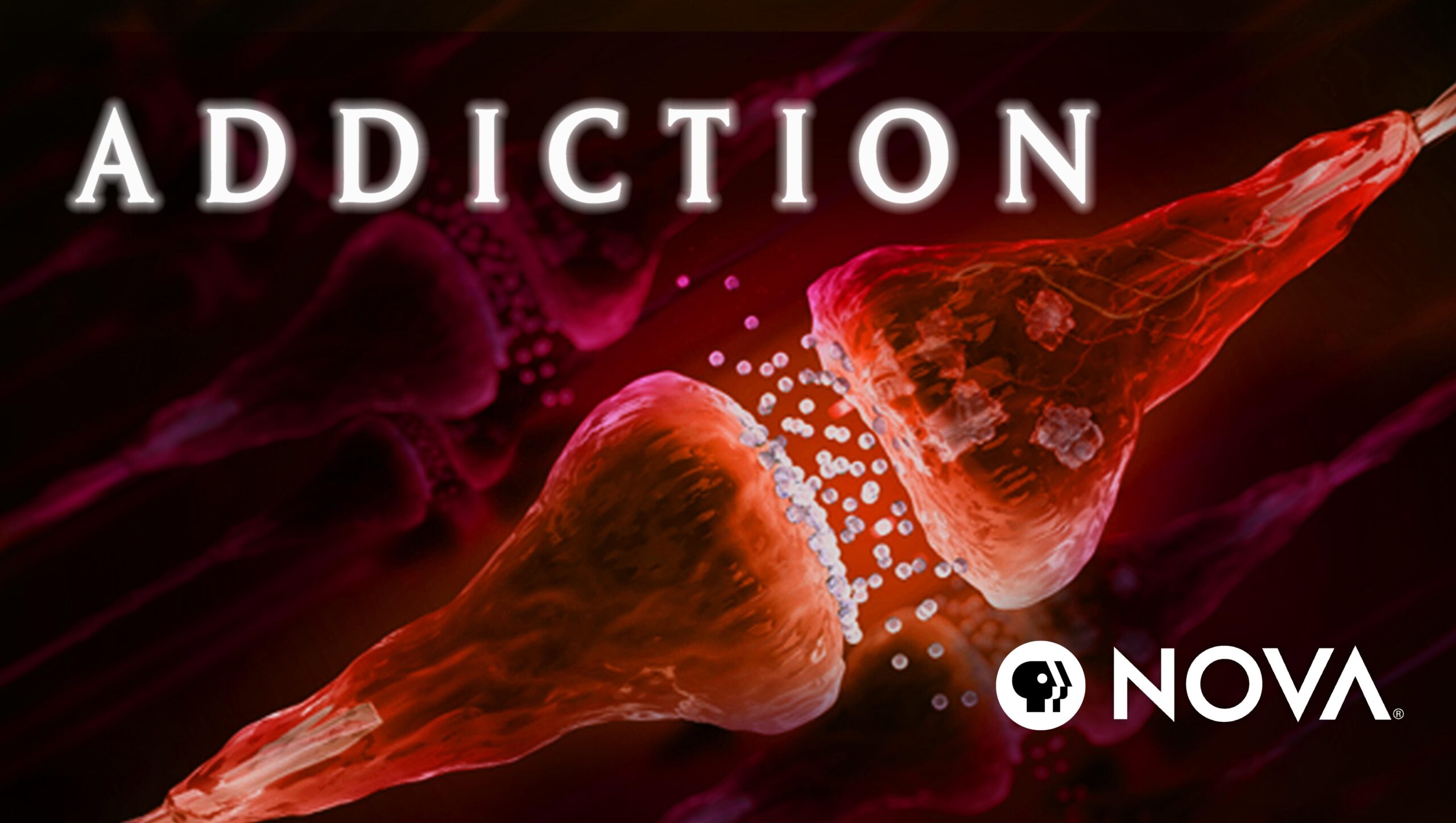Educators and families are encourage to utilize the learning materials below to help contextualize the public health crisis presented by the overdose epidemic. Materials include classroom-ready resources and collections featuring videos and interactive lessons on PBS LearningMedia. See search results for opioids.
PBS LearningMedia The Healthy Kid Project: Substance Misuse
Grades 6-12
Substance Abuse and Drugs: The Healthy Kids Project encourages a younger audience to make positive choices for their mental and physical health with videos and support materials for teachers and students. An interactive lesson and support materials aimed at high school students examines how different types of drugs alter their brains.
NOVA: Addiction | PBS LearningMedia Collection
Grades 6-12
The opioid epidemic continues to devastate communities across the United States. This collection of videos, including three from the NOVA documentary, Addiction, can be used to engage students with media, encourage science practices, and prompt discussions in the classroom. Through a series of video clips, a viewing guide for the video clips, and a community screening guide for the documentary, the collection will help students better understand opioids and the disease of addiction.
Understanding the Opioid Epidemic | PBS LearningMedia Collection
Grades 6-12
Understanding the Opioid Epidemic, a one-hour documentary from WNED, traces the causes behind the unprecedented growth in the use of prescription opioids and the devastating impact these drugs are having in every part of America. This accompanying collection of classroom resources is based on the documentary as well as important themes such as misperception of opioid safety, community awareness, brain science, stigma, and the struggles associated with treatment and recovery.
How Should Schools Educate Teens about Drugs? | Above the Noise
Grades 6-12
D.A.R.E. stands for drug abuse resistance education and is a program that was implemented in schools since the 80’s to prevent youth from doing drugs. The program was widely accepted by schools all over the country, but scientists found it wasn’t really effective. Fast forward to present day and D.A.R.E is still around… sort of. Myles investigates how D.A.R.E. has changed their curriculum and other ways that drug education is being taught in schools. Join him in answering the question: How should schools educate teens about drugs?
The War on Drugs: The New Face of Heroin | Retro Report
Grades 9-12
This 14-minute video provides students with historical context that explains how the United States committed to a multi-decade war on drugs that resulted in mass incarceration and racially unequal outcomes in the criminal justice system. State and federal governments responded to a heroin epidemic in the late 1960s with a punitive response to drug addiction that disproportionately affected racial minorities. That approach has grown increasingly unpopular as more white Americans have become addicted to opioids. Useful for lessons focused on racial equality and criminal justice reform in recent history, the video sets up an engaging class discussion on how historical context affects our perceptions of race and crime.
Inside Opioid Addiction | Interactive Lesson
Grades 9-12
Learn about the nationwide opioid crisis, its devastating impact on communities and families, and how agencies and individuals are pulling together to respond to this overwhelming public health crisis. In this interactive lesson, students will gather information through reading, activities, and video excerpts from KET’s opioid initiative to write a final essay about what the opioid epidemic is, what caused it, and what’s being done about it.

